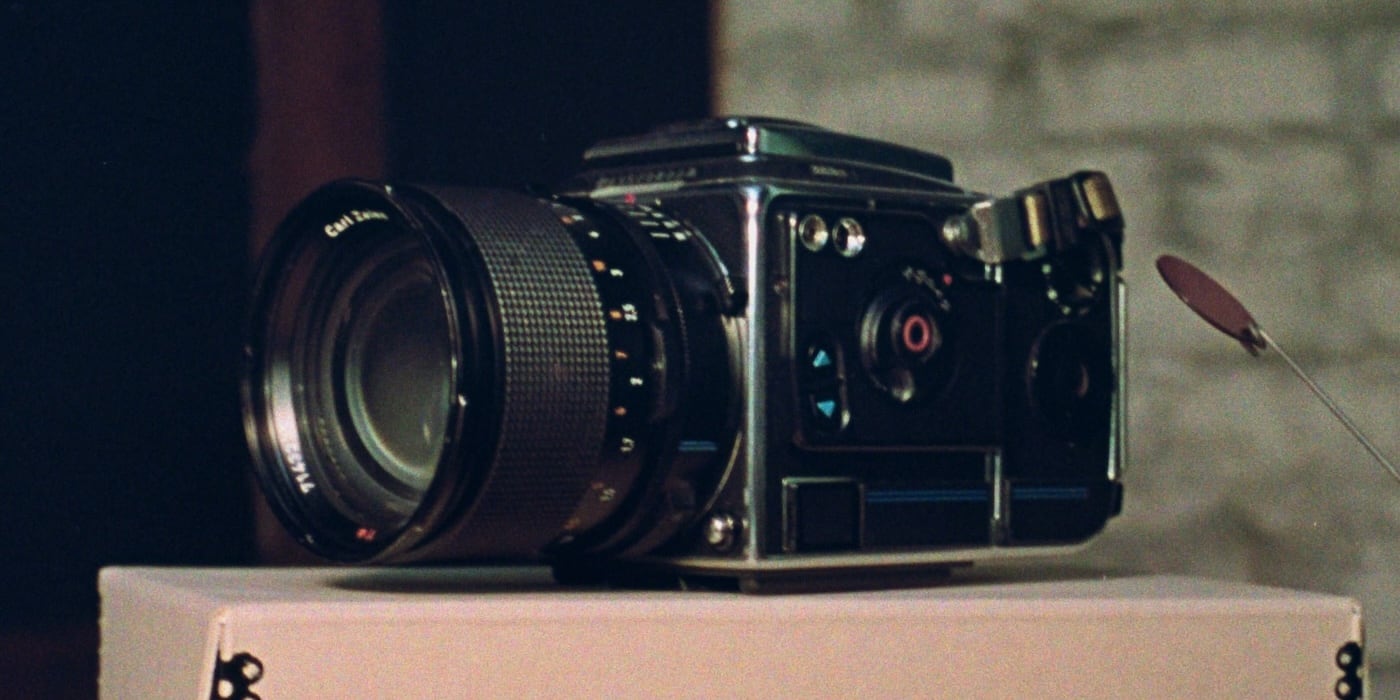
The Hasselblad 203FE is a somewhat rare and very much expensive camera. It doesn’t look it from the outside, but it is fundamentally different from the vast majority of Hasselblads seen on a photo walk. Most notably, it has an electronically controlled focal plane shutter rather than a mechanical leaf shutter. The huge, obvious downside is that the electronics will eventually fail. I know this well, I have had that problem with more than one similarly equipped Bronica EC-II. Yet, here we are.
The 203FE is currently my go-to medium format camera, and I absolutely love using it. But, I didn’t want this camera. I didn’t even want a Hasselblad. I stumbled upon this camera by taking a path which I thought would lead somewhere else. After getting introduced to medium format film by a series of TLRs, I was looking for more flexibility in lens choices. That’s when I fell in love with the large, sexy, mid-century frame of the Zenza Bronica C. The ambitious set of features in the Bronica C were enabled by heavy springs and load bearing mechanical parts. The design necessitated replacement of springs and bearing surfaces at regular intervals. With replacement parts non-existent, I made my own. But lacking the equipment to fabricate from steel, I used softer metals that could not hold up to even light use. So, I looked to upgrade to a newer camera with less mechanical parts. That’s when I found the Zenza Bronica EC-II. But, as you already know, its electronics were bound to fail. The lack of reliability provided by the Bronicas was becoming tiresome. I needed to switch away from that camera series, which meant replacing lenses and accessories, so I stepped back to consider all options.
Frustration with lack of reliability influenced my decision to switch to the Hasselblad V System. The Hasselblad 503cx was specifically chosen for being one of the last film cameras in the line. The 503cx was wonderful. Much lighter and more reliable than the Bronicas. However, I missed the instant return mirror of the Bronica series and the wide range of shutter speeds that were available regardless of which lens was being used. There had to be a compromise. The 203FE combined the lightness and reliability of Hasselblad System V cameras with the feature set of the Bronica EC cameras. Which is how we got here.
My hope is that this 203FE can last for a few years to come. I devised some wishful logic to help digest the price of the Hasselblad 203FE. The Bronica ECs that caused my grief were from the 1970s and 1980s, and this camera is from 1994. Since the cameras that I had which failed were 10 to 20 years older than this camera, this camera should last for another 10 to 20 years.
203FE
The ideal, versatile camera for the professional or amateur location photographer who wants good exposures in the simplest automatic fashion. Aperture priority, selective metering system provides excellent exposures automatically – also with CF lenses.
- Automatic bracketing, programmable in 113 stops values, enhances the potential for perfect exposures when speed of shooting is crucial.
- Manual exposure mode with optional Reference mode for monitoring changes in lighting conditions/ subject brightness.
- Robust, durable rubberized, silk textile focal plane curtain assures reliable shutter operation with electronically timed precision from 34 minutes to 112000 sec. Flash sync up to 1/90 sec.
- Shutter speeds which are set automatically with an accuracy of lIl2-stop increments, can be set manually in 112 stop increments.
- Finder display also shows the shutter speed that must be set on CF lenses for correct exposure.
- For utmost reliability, digital electronics require only four contacts to couple camera body to lenses and film magazines.
- TTL dedicated flash system automatically measures the light off the film plane for excellent and consistent exposures.
- Programmable fill-flash function offers a professional solution for eating the desired lighting ratio between flash and existing light automatically.
- Enables use of large aperture lenses for low light photography.
- Flexibility in shutter speed and depth of field control are increased.
- Maximum apertures: F12 on the 1l0mm Planar, f/2.8 on the 50mm wide angle and 150 tele, f/4 on the longer 250, and 350mm focal lengths.
- Instant return mirror shows large viewfinder image on high resolution Acute Matte focusing screen.
- Choice of manual or motor- driven film advance with accessory motor drive.
- Self timer with programmable delay from 2 to 60 seconds operates with the mirror in locked-up position for maximum image sharpness.
- Double or multiple exposure capability without removing film magazine for speed and registration accuracy.
- CF lenses and regular film magazines are compatible without losing the metering options and functions.